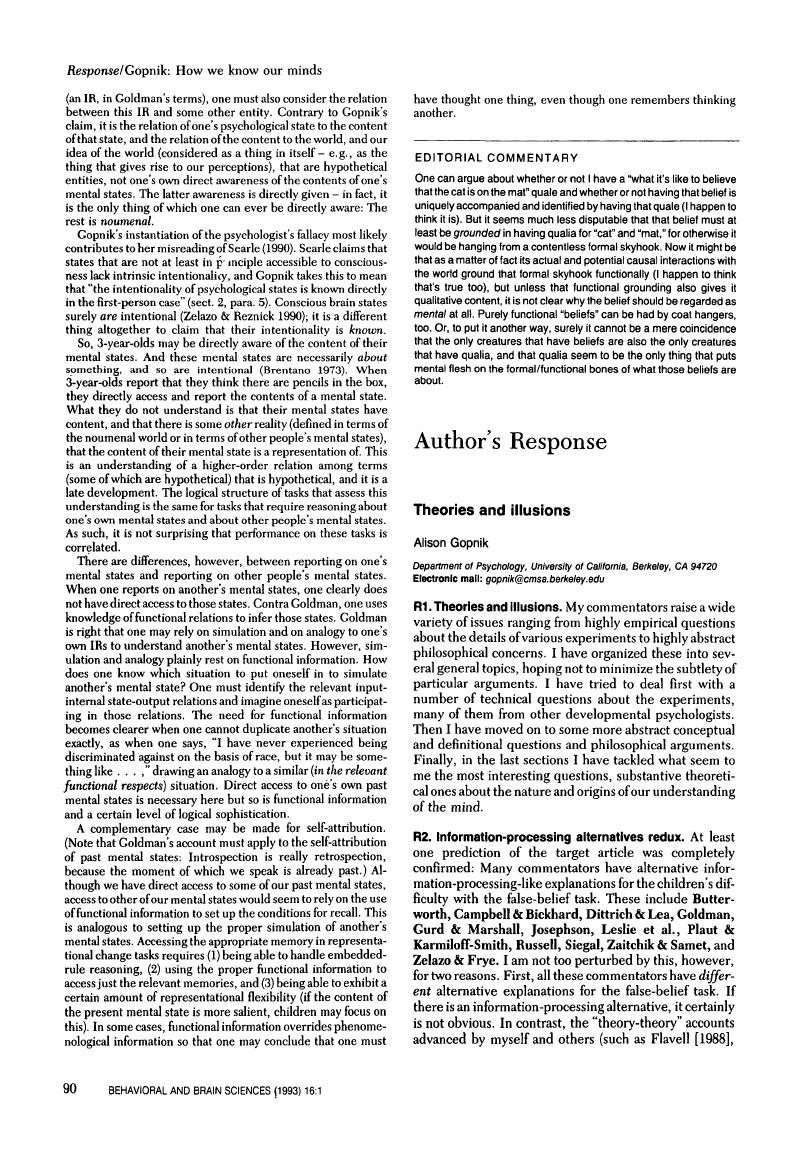Frye, D.,
Zelazo, P. D. &
Palfai, T. (
1992) The cognitive basis of theory of mind. Manuscript submitted for publication. [PZ] Gallup, G. (1986) Self-awareness and the emergence of mind in humans and other primates. In:
Psychological perspectives on the self, vol. 3, ed. J. Suls & A. Greenwald. Erlbaum. [MT]
Google Scholar 